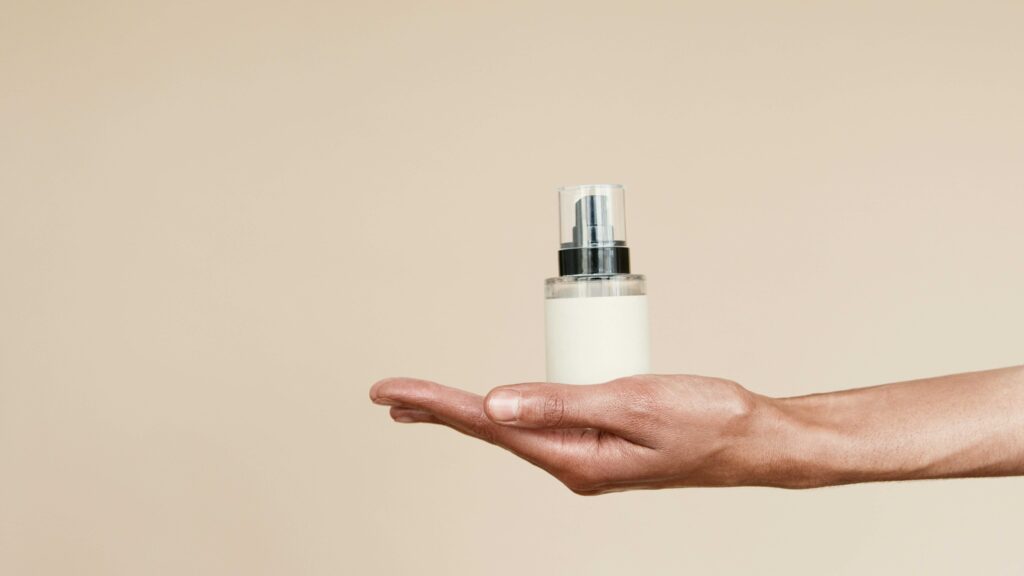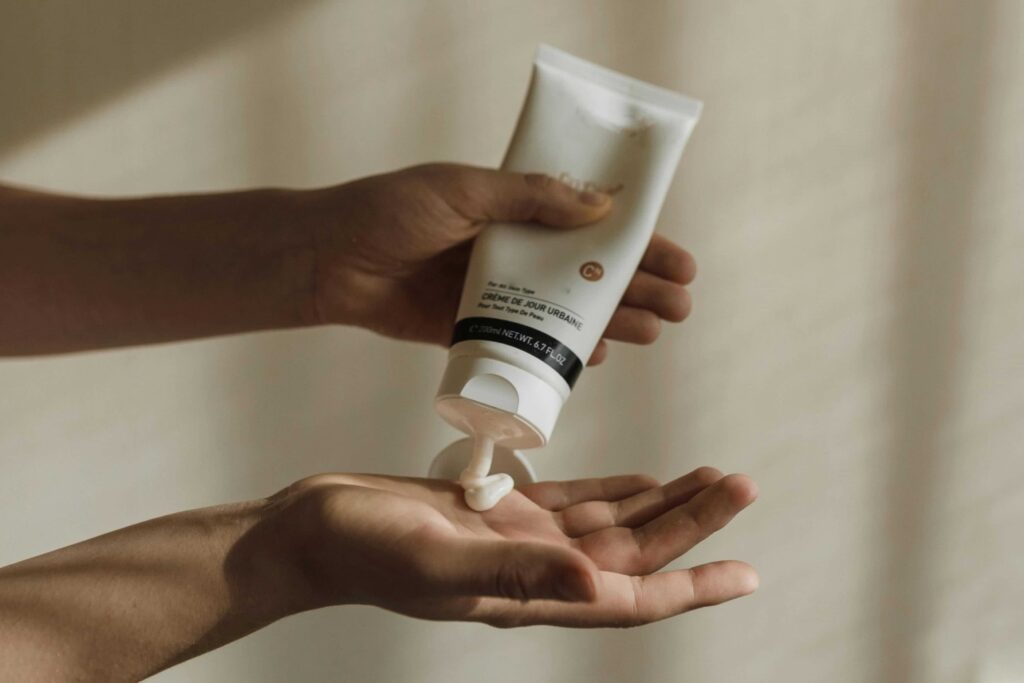Did you know japanese hand cream is normally used daily here in Japan? We at Dandi Japan absolutely love exploring new japanese hand care strategies—especially during those winter months when our hands seem to crack and get dry easily.
Over the years, we’ve compared ingredients, scents, and how each formula truly feels in everyday life. Here, we’ve combined our hands-on experiences with top Japanese skin care insights to create the ultimate guide for soothing and protecting dry hands. Let’s dive in!
– Wash your hands first to ensure the cream absorbs fully and effectively.
– Focus on cuticles and between fingers—these areas dry out the fastest.
– Use a pea-sized amount and reapply as needed, especially after handwashing.

1. Benefits You Can Expect from Japanese Hand Cream
Japanese hand creams are often loaded with deeply moisturizing ingredients that target dryness, roughness, and irritation.
By applying them regularly, we can protect hands from everyday activities like dishwashing, cleaning, and frequent handwashing. We’ve learned firsthand how consistent use of a quality cream helps maintain soft, supple hands—even in the harshest of weather.
Hands face constant exposure to soaps, hot water, and alcohol sanitizers.
These can strip away the natural oils our skin needs to stay healthy. During cooler seasons, the skin’s barrier function weakens further, leading to dryness, flakiness, and sometimes painful cracks.
We once spent an entire winter mostly ignoring our hands, and the result was itchy, chapped skin that took weeks to repair. That experience taught us the value of proper hand care, and we’ve never looked back!

2. How Much Japanese Hand Cream Should We Use?
One surprising lesson we’ve learned is that simply picking the best hand cream isn’t enough—you also need the right amount.
Based on expert Japanese skin care advice, we aim for a dollop about as long as our index finger from tip to the first knuckle. If our hands are especially dry or show cracks, we go up to the second knuckle’s length.
From our experience, at least 2 grams of hand cream daily resulted in noticeable improvements. We experimented with weighing out that amount once—even if it feels a little silly, we still saw a big difference at the end.
If the cream ever feels too heavy or sticky, we simply adjust to what feels comfortable that day.

3. How to Apply Hand Cream the Right Way
Technique matters as much as product choice. Here’s our tried-and-true method:
- Wash your hands first: Clean hands allow the cream to absorb fully. If there’s any grease or residue, it can block the cream from penetrating the skin.
- Apply cream on the back of one hand: We usually squeeze a small amount onto our left/right hand.
- Rub backs of hands together: Gently spread it around by brushing one hand against the other, ensuring every spot gets covered.
- Massage with your palms: We like to use a circular motion, starting from the thumb side to the little finger side. It feels a bit like a mini hand spa!
- Don’t forget nails and between fingers: Cuticles and the spaces between your fingers can get painfully dry. Massaging cream into those areas helps ward off hangnails and cracked skin.
If you find the cream stiff—especially common in winter—warm it in your palms to make it more pliable.
We also love applying it after washing our hands in warm water so our skin is prepped and ready to soak up every last drop of moisture.

4. Key Points When Applying Hand Cream
Just rubbing the cream in isn’t enough. Here are some pointers we recommend take into account:
- Gentle massage: Harsh rubbing can harm sensitive skin. Massaging touch stimulates absorption without causing irritation.
- Focus on overlooked areas: It’s easy to forget the sides of your hands or around your knuckles. Once, we realized how dry those spots were when typing all day at work. Now we pay extra attention to them.
- Pick the right times to apply: After handwashing or a shower, your skin is warm and receptive. Before bed is perfect for heavier creams that can work overnight. We keep lighter formulas handy for daytime use so we can quickly get back to our tasks without feeling greasy.
- Stay consistent: Our biggest tip is to make applying hand cream a daily habit. Consistency is the key to long-term softness and protection.

5. How to Choose the Right Hand Cream for You
Between personal preferences and an the variety of Japanese hand creams, here’s how we navigate the selection process:
- Check the ingredients: Look for moisturizing heroes like glycerin, ceramides, or hyaluronic acid. Sensitive skin? Opt for fragrance-free or hypoallergenic formulas. We discovered that heavily perfumed creams can be harsh on cracked skin.
- Consider texture: Fast-absorbing, lightweight creams are ideal if you use your hands frequently throughout the day. For nighttime or intense healing, richer, thick creams are your best bet. We’ve even worn cotton gloves to lock in moisture!
- Scent preference: Many Japanese creams have subtle floral or herbal scents. If you’re scent-sensitive, choose a fragrance-free version—plenty of options exist for every need.
- Test or read reviews: Before committing, sample or look at feedback from others with similar skin types. We’ve saved time and money by getting second opinions from friends or online reviews.
Ultimately, the perfect hand cream fits into your lifestyle and addresses your specific concerns. Don’t be afraid to experiment!
6. Effective Hand Care Method (Video)
For a quick visual guide on caring for your hands, consider watching an instructional video from an official Japanese skin care brand.
Seeing a pro demonstrate the massage techniques can really drive home the importance of gentle, thorough application.
By following these tips and incorporating small but effective habits into your daily routine, you’ll be well on your way to softer hands for sure.
If our own experience has taught us anything, it’s that the right combination of technique, product choice, and consistency can truly transform your hands into looking and feeling amazing.
FAQ
What are the main benefits of Japanese hand cream?
Japanese hand creams are specially formulated with deeply moisturizing ingredients like glycerin, ceramides, and hyaluronic acid. They help combat dryness, repair cracked skin, and restore the skin’s natural barrier. Consistent use keeps hands soft, smooth, and protected from environmental damage.
How often should I apply hand cream?
For the best results, apply hand cream after washing your hands, after exposure to harsh conditions (like cold weather or cleaning products), and before bed. Consistency is key—reapply as needed to keep your hands moisturized throughout the day.
How do I choose the best Japanese hand cream for my skin type?
Look for ingredients that match your needs. For dry skin, pick creams with ceramides and shea butter. Sensitive skin benefits from fragrance-free or hypoallergenic options. Test lightweight creams for daytime use and richer formulas for overnight hydration.
Why should I focus on applying hand cream to certain areas like cuticles and between fingers?
The areas around cuticles and between fingers are often the driest and most neglected. Applying hand cream to these spots prevents cracking, hangnails, and irritation, ensuring complete hydration for your hands.
Can I use Japanese hand cream for other parts of my body?
Yes! Japanese hand creams are versatile and can be used on dry spots like elbows, knees, and even feet. Their rich, nourishing formulas make them an excellent multi-use product for targeted hydration.
Table of Contents

